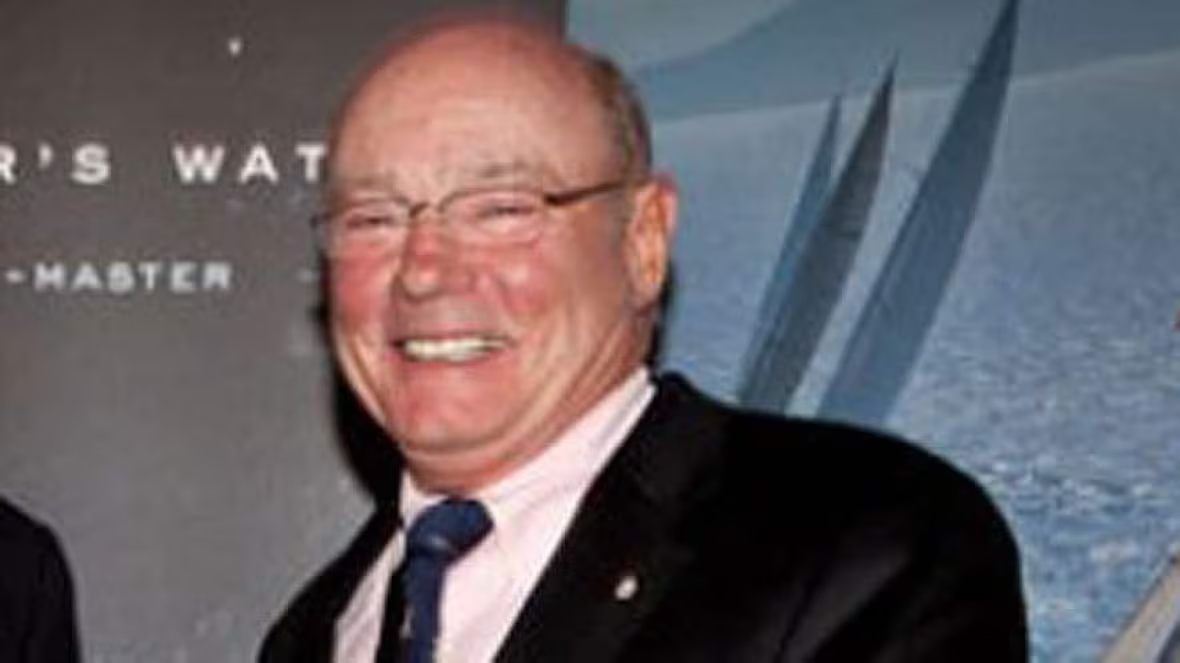Dennis Oland jury hears from DNA expert
Crown has said blood found on accused's brown sports jacket matched Richard Oland's DNA profile

The jury at Dennis Oland's second-degree murder trial in Saint John heard Monday that laundered items can produce false negative results for blood.
Joy Kearsey, a DNA scientist who analyzed samples related to the 2011 bludgeoning death of Richard Oland and prepared 11 reports, didn't say during her testimony whether she found any false negatives in the case.
Instead, she spent much of the day leading the jury through a PowerPoint presentation about DNA and explaining some of the strengths and weaknesses of the forensic tests scientists use.
- Live blog: Dennis Oland's second-degree murder trial: Nov. 23
- On mobile? Get live coverage of the trial here
Kearsey is scheduled to return to the stand on Tuesday at 9:30 a.m., when she is expected to reveal her specific findings in the Oland case.
Lead Crown prosecutor P.J. Veniot said in his opening statement to the jury at the beginning of the trial that a brown sports jacket seized from Dennis Oland's bedroom closet had four areas of blood on it that matched his father's DNA profile.

The body of Richard Oland, 69, was discovered in his office the following morning, lying face down in a pool of blood, with "hundreds" of blood spatter stains around him.
The multimillionaire had suffered 45 blunt and sharp force injuries to his head, neck and hands.
Dennis Oland, 47, who was the last know person to see his father alive, has pleaded not guilty to second-degree murder and is standing trial before a judge and jury in the Court of Queen's Bench in Saint John.

The brown Hugo Boss jacket and several other clothing items were taken to a dry cleaner the next morning, after police told Oland he was a suspect in his father's death.
Kearsey, who worked for the RCMP's forensic lab for 17 years, until the Halifax location closed last year, explained to the jury how scientists are able to take a known DNA sample of a person and compare it to an unknown sample taken from a crime scene to determine whether they match.
If the two samples do match, scientists can then use a database to determine how common that particular profile is and a mathematical calculation to estimate a frequency of occurrence — the so-called random match probability.
The estimated probability of selecting an unrelated individual at random from the Canadian Caucasian population with the same profile is one in 97 billion, said Kearsey, noting the entire world population is estimated as being only between seven and eight billion.

Human DNA is 99.9 per cent identical from person to person, but no two people have identical DNA, except for identical twins, she said.
Scientists focus on the 0.1 per cent that's different, said Kearsey, noting a person's DNA is identical in every cell and doesn't change with age.
The ideal amount of DNA for testing is one nanogram, which is one billionth of a gram. The minimum required is 0.246 ng, she said.
Kearsey also explained Locard's Exchange principle, which states that whenever two objects come into contact, a transfer of material, such as cells containing DNA, will occur.
She pointed out, however, that it's often more challenging than it appears on televised crime shows, such as CSI.
2 tests for blood
There are two types of tests used in the identification of blood — the screening test, Hemastix, and confirmatory test, hemochromogen.
Hemastix is very sensitive but is not specific for blood, so a positive result indicates only that blood may be present, but further testing is required, said Kearsey.
It can get false positives for blood from a wide range of other substances, such as certain metals and rust, suedes and leathers, dirt and moulds, and other bodily fluids, such as saliva and perspiration.
It can also produce false negatives if "environmental insults" have degraded the hemoglobin, said Kearsey. Washing an item, for example, or warm and moist environments can create false negatives, she said.
The hemochromogen test, meanwhile, is less sensitive than the Hemastix, but is specific for blood, so a positive result means the sample tested is blood.
It is not known to render any false positives, said Kearsey.
Like the hemastix, however, it can produce false negatives in cases of "environmental insults," diluted samples and old stains, she said.
So if a stain tests negative for blood, that doesn't necessarily mean it wasn't caused by blood.
The RCMP tests don't distinguish between human and animal blood, but when DNA is extracted from a sample, a quantification test determines how much human DNA is present, said Kearsey.
Justice John Walsh told the jury Kearsey has 1,400 pages of notes related to the Oland case and the lawyers were going to work together Monday afternoon and "into the night, if necessary" to make the material more "manageable."
Walsh deemed Kearsey an expert, qualified to give opinion evidence in the application of DNA typing procedures and results, and the calculation of frequency estimates of DNA profiles within the general population.
He reminded the jurors it's up to them to decide how much weight to give to any expert's evidence.
The Crown is expected to wrap up presenting its case this week, then the defence is expected to present its case.